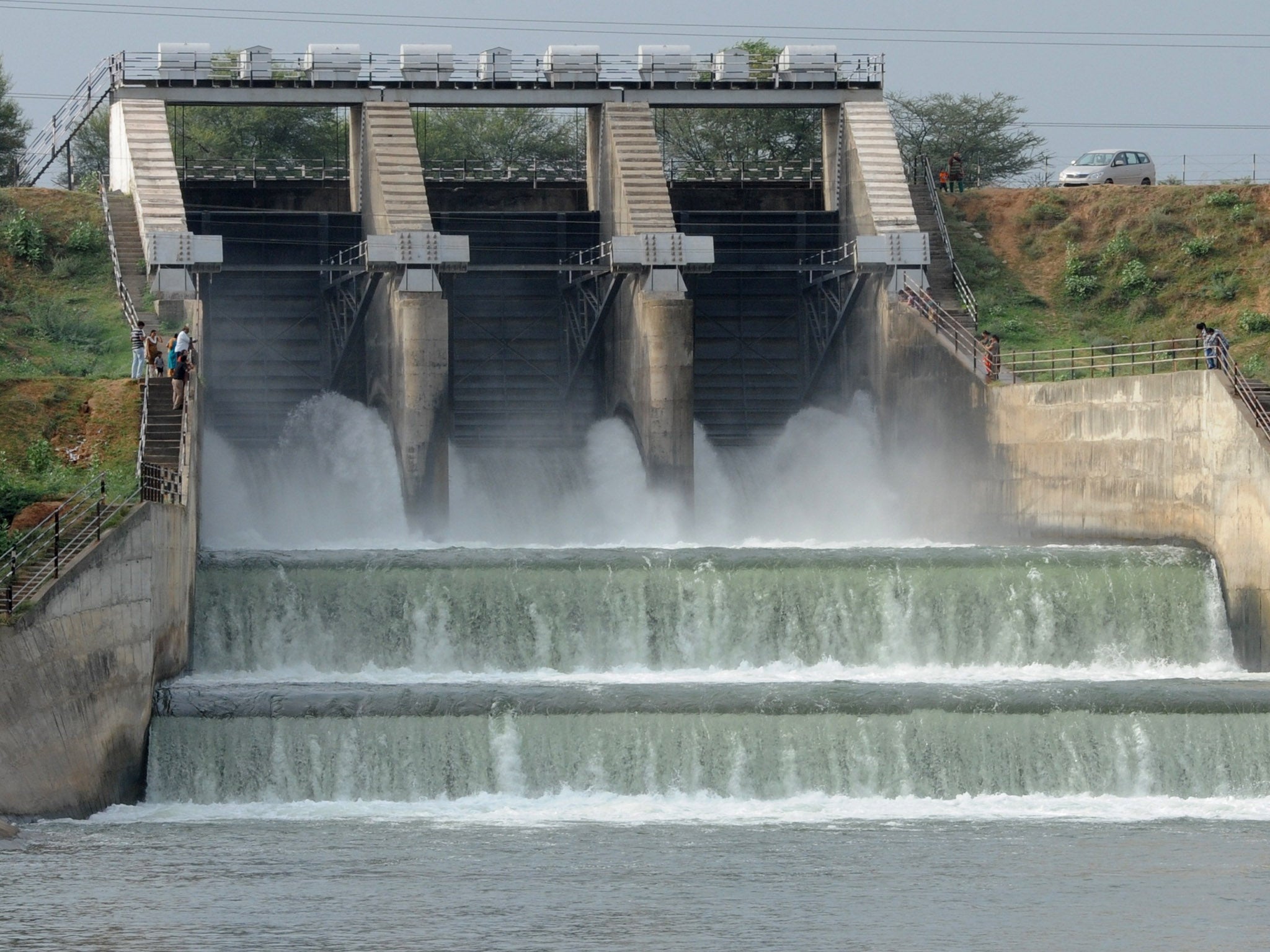Why Indian scientists think drilling into the side of a mountain will help explain earthquakes
Seismologists believe earthquakes in Koyna may be being caused by a hydroelectric dam

Indian officials are drilling at the site of frequent earthquakes in a bid to see whether they are being exacerbated by local water reservoirs.
Scientists are boring a hole into the side of a mountain in the western state of Maharashtra to see whether a local hydroelectric dam is contributing to the number of earthquakes striking the region.
The area first started recording earthquakes shortly after the dam was filled with more than a trillion litres of water in 1962.
Artificial water reservoirs are built in mountains to store energy that can be used to generate electricity - but over time the pressure can lead to stresses in the Earth's crust, BBC News reported.
Since 1967 the area has seen 22 quakes, ranging from 5 to 5.9 magnitude or lower. The latest one occurred on 3 June.
Typically most quakes to affect the area are small with no reports of casualties or property damage, but one 6.3 quake which struck the nearby town of Koyna in December 1967 killed 177 people and injuring 2000.
Seismologists predict that as many as 100 sites could be prone to earthquake due to water reservoirs.
The scientists were inspired to conduct the experiment after seeing a similar experiment carried out on the famous San Andreas fault line which runs through the west of San Francisco Bay in California.
Scientists drilled into the huge crack in the ground, created by the devastating earthquake which struck San Francisco and the surrounding area in 1906, to study how earthquakes and plate tectonics work.
The biggest earthquakes in the world since 1900
Show all 10Seismologist Harsh K Gupta told The Hindu the Koyna region "is the best site anywhere in the world where an earthquake can be observed".
But critics have questioned whether the cost of the study, $73m (£56m), is worth it in a region where the earthquakes do not typically cause damage.
Shyam Rai, Professor of Earth Sciences at the Indian Institute of Science Education & Research in the nearest city Pune, said: “The maximum intensity of quakes in Koyna is between 6 and 6.5 magnitude. It repeats itself once in several hundred years.
“The Himalayan region is prone to bigger quakes. Have we chosen the right place to drill?”
Subscribe to Independent Premium to bookmark this article
Want to bookmark your favourite articles and stories to read or reference later? Start your Independent Premium subscription today.

Join our commenting forum
Join thought-provoking conversations, follow other Independent readers and see their replies